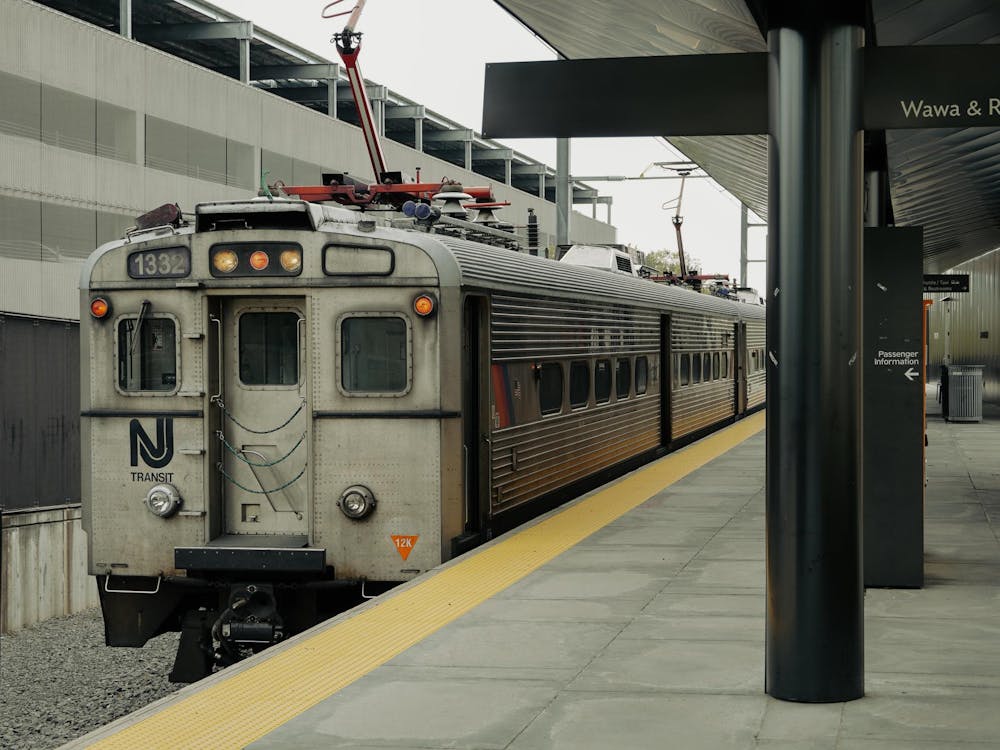Although Students for Fair Admissions Inc. v. Presidents and Fellows of Harvard College brought an end to using race in admissions, preference based on sex remains prevalent at some colleges, and in recent years, that preference has favored men. While Princeton remains an exception, many colleges, specifically private liberal arts colleges, have significant preferences for men that will outlive the Supreme Court decision.
When the U.S. government passed Title IX of the Education Amendments of 1972 to promote gender equality in education, there was a 12 percentage-point gap in the proportion of bachelor’s degrees going to men compared to women. By 1982, the gap had closed. Then, the gap started to widen in the opposite direction. By 2019, the gender gap in bachelor awards was wider, at 14 points, than it had been in 1972, with more degrees going to women. Over 1.1 million women received a bachelor’s degree in the 2018–19 academic year compared to fewer than 860,000 men. In other words, about 74 men received a bachelor’s degree for every 100 women.
According to the Federal Reserve Bank of St. Louis, as of 2019, for every man that attends a four-year institution, there are around 1.25 women. The Brookings Institute shared a similar number, with as of 2020, male students making up just 41 percent of all enrolled students in a postsecondary institution in the United States.
These numbers represent the highest recorded gender imbalance favoring women seen in U.S. college enrollment. Despite this, Princeton continues to keep a closer balance, with the Class of 2026 being 49.1 percent male and 50.9 percent female. Moreover, applications by gender were also approximately even — 52 percent of applicants were women.
However, it took until 2004 for Princeton, which began admitting women in 1969, to attain a 50/50 gender makeup of its student body. Princeton’s class sizes continue to remain equally balanced by gender, despite its admissions process having become gender blind in 1974. This is likely due to the fact that the school receives an approximately equal number of applications from men and women.
“At Princeton, we work hard to ensure that our community is diverse and intellectually stimulating,” Karen Richardson ’93, the dean of admission and financial aid, wrote in a statement to The Daily Princetonian. “Differences in race, ethnicity, socioeconomic status, religion, geography, gender, sexual orientation, academic and social interests, and political predilections all add to Princeton’s robust and varied student community.”
Two years before its admissions process became gender blind, however, Princeton had joined Harvard and Yale in requesting an exemption from the federal government for adhering to Title IX in admissions. When initially proposed, the legislation would have prohibited any college that receives federal funds from discriminating on the basis of sex. The universities were worried that the law would affect institute quotas, forcing them to admit as many men as women. Today, that legal standard does not apply to any private schools.
Since then, some universities have imposed those quotas in admissions in their efforts to balance classes by gender. Data suggests that, at some private institutions, it has gotten easier for male applicants to get in, and thus harder for female applicants.
A notable example is Brown University, at which women have outnumbered men in Brown’s applicant pool by at least 2,000 applicants for every year since 2003. For the Class of 2026, 18,939 applicants were male and 31,710 were female, equating to a total difference of almost 13,000. 6.73 percent of male applicants were accepted to Brown, while only 4.06 percent of women were. Despite women comprising 62.6 percent of all applicants, they make up only 50.2 percent of accepted students and 51.8 percent of the entering class.
At Vassar College, the Class of 2022 had a 33 percent acceptance rate for men while that for women was only 20.9 percent.
According to the Hechinger Report, when Shayna Medley worked as an admissions officer at Brandeis University from 2012 to 2014, she was told to find more men.
Brandeis accepted 44 percent of male applicants compared to 36 percent of female applicants in 2012–2013. However, a spokesperson for Brandeis said that the university does not currently use gender as a factor in its admissions process, and its acceptance rates were 31 percent for men and 35 percent for women for 2020.

In a New York Times essay in 2006 titled “To All the Girls I’ve Rejected,” the dean of admissions at Kenyon College at the time explained that because male applicants are rarer, they’re more valued applicants and apologized for the “demographic realities.”
“Beyond the availability of dance partners for the winter formal, gender balance matters in ways both large and small on a residential college campus,” she wrote. “Once you become decidedly female in enrollment, fewer males and, as it turns out, fewer females find your campus attractive.”
According to the Brookings Institute, COVID-19 has likely taken a toll, as the total first-time student enrollment was 13 percent lower in fall 2020 than in fall 2019. The decline seems to have been driven largely by a drop in total male enrollment, which was over seven times larger than the drop in female enrollment, at -5.1 percent and -0.7 percent, respectively.
Experts on the subject, like Kevin Carey of The New York Times and Douglas Belkin of The Wall Street Journal, argue that men are “abandoning higher education” and that “no reversal is in sight,” given recent application numbers. Despite this trend, some argue that colleges are still interested in creating a gender balance on campuses to make their social environment more attractive to prospective applicants.
Though admissions policies that favor other groups, including legacies and children of faculty, are facing renewed public scrutiny, gender-based preference at private colleges seems to remain up in the air.
Lia Opperman is an associate News editor for the ‘Prince.’
Please send any corrections to corrections[at]dailyprincetonian.com.








